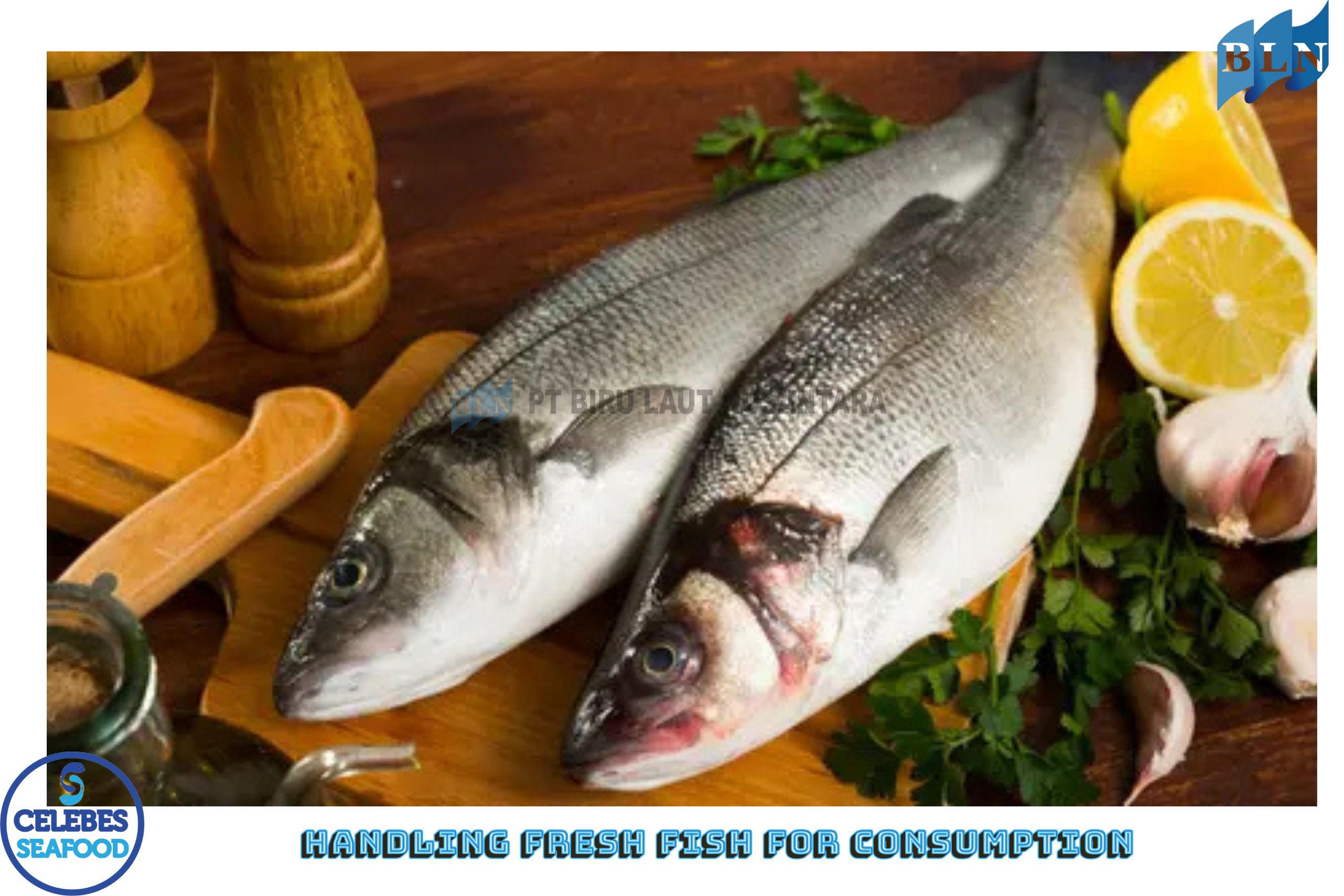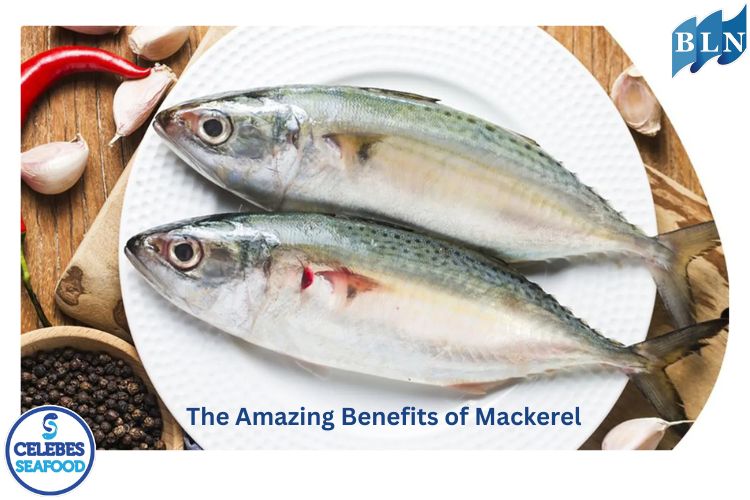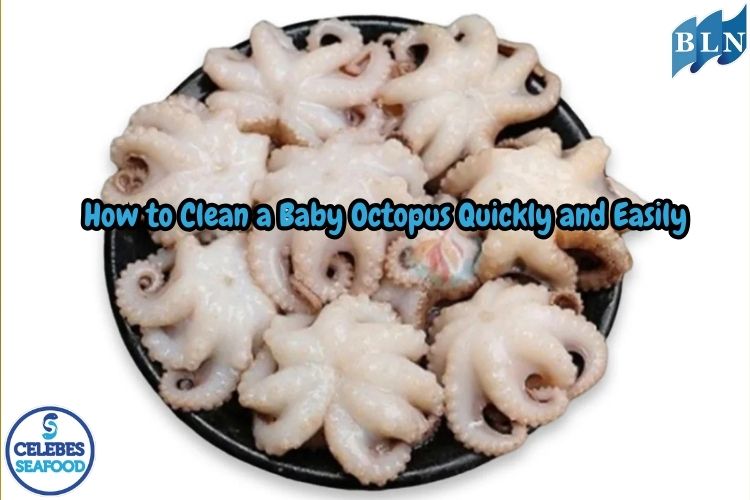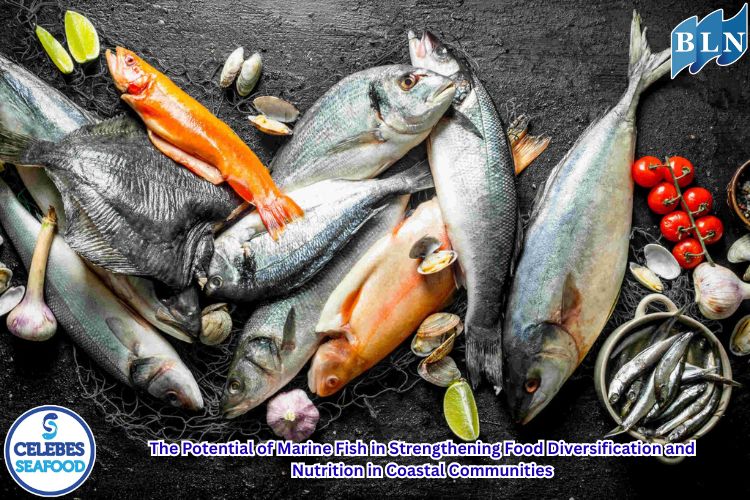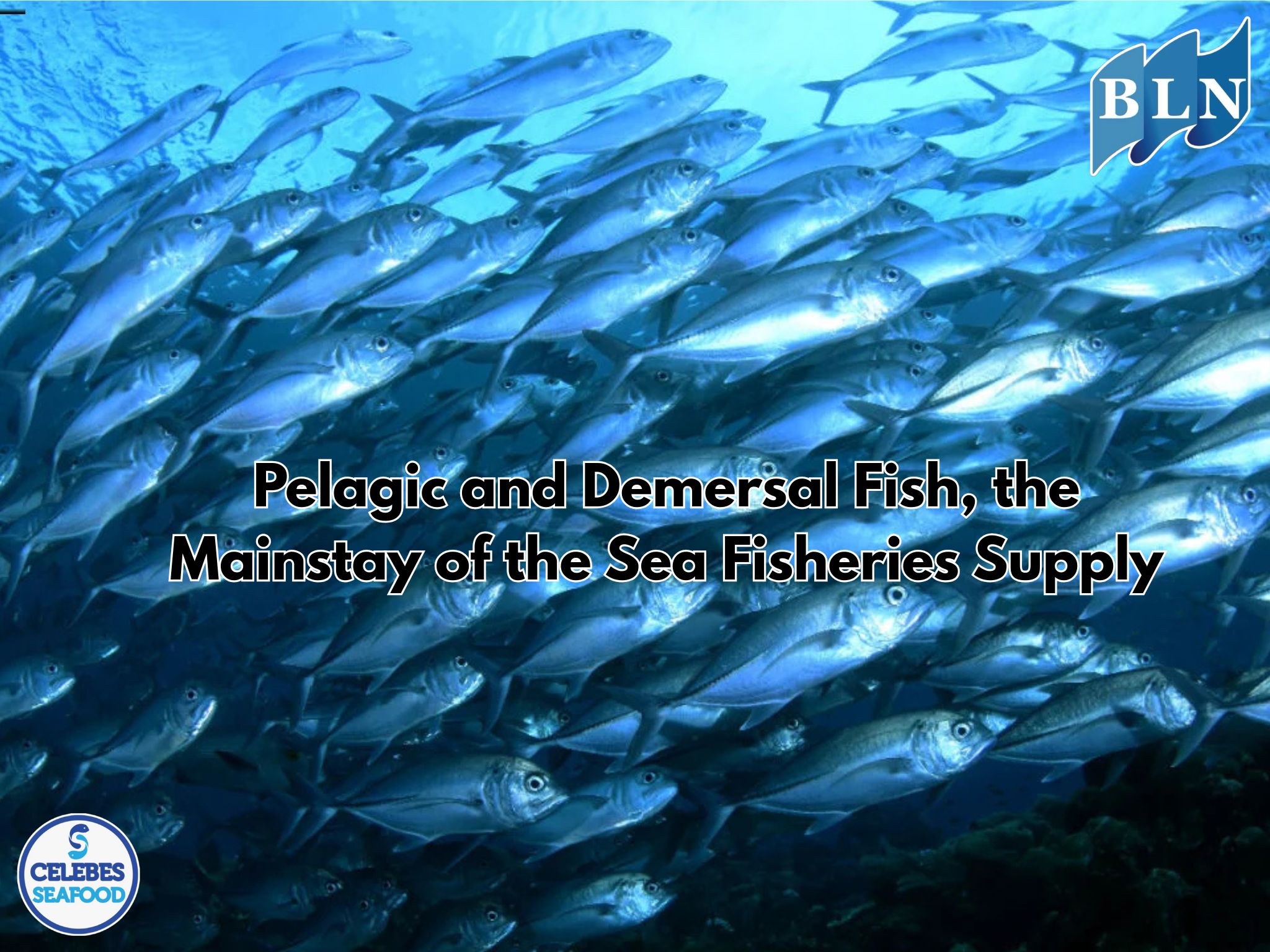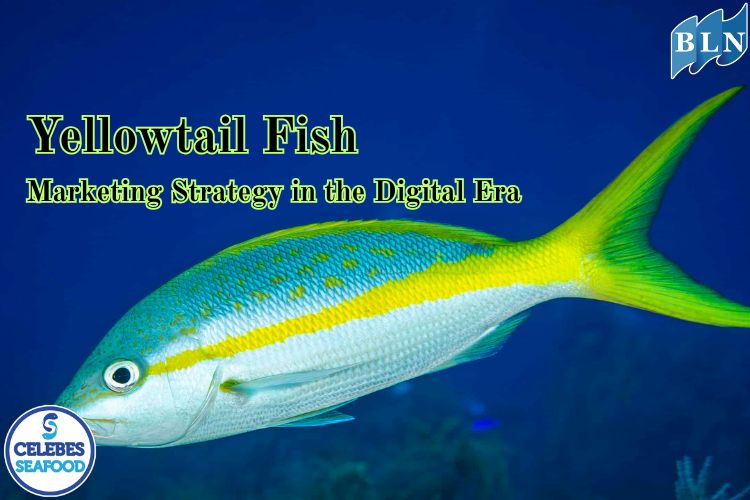Halibut Market Economics
By. Tri - 11 Aug 2025
lautnusantara.com The market economics of halibut are particularly attractive because they are a high-value fishery commodity with a strong global market. The following are key points regarding the market economics of halibut:
Product and Market Characteristics
Halibut, also known as flatfish in Indonesia, is in high demand, especially in developed countries such as the United States and Europe. This is due to several factors:
- Meat Quality: Halibut meat is white, firm, and low in fat, making it a popular choice for a variety of dishes, from sashimi to grilled dishes.
- Nutritional Content: Halibut is rich in high-quality protein, Omega-3, vitamin D, and minerals. Its numerous health benefits enhance its market appeal.
- Natural Scarcity: Most halibut supplies are wild-caught in cold waters such as Alaska, Canada, Norway, and Russia. This makes it more expensive than other easily farmed fish such as tilapia.
Economic Factors
1. Price: The price of halibut in the market varies greatly depending on several factors, such as:
- Fish Condition: Fresh halibut tends to command a significantly higher price than frozen.
- Size and Cut: Whole fish, fillets, or steaks have different prices.
- Origin: Pacific, Atlantic, or Greenland halibut have different prices and market values.
- Market: Wholesale prices for exporters will differ from retail prices in domestic markets, such as in Indonesia, where premium quality halibut can reach IDR 250,000 to IDR 385,000 per kilogram.
2. Fisheries and Conservation: Growing demand poses challenges to sustainable fisheries. To maintain populations, governments and international fisheries organizations implement strict catch quotas and habitat protection regulations. These efforts ensure resource sustainability, but can also limit supply and impact market prices.
3. Technology and Processing:
- Fast Freezing (Fresh Frozen): This technology allows halibut from distant waters to maintain freshness and quality upon arrival at the global market.
- Processed Products: Halibut is also processed into various products such as frozen fillets and dog food, expanding its market reach.
- Aquaculture: Despite its challenges, commercial halibut farming is gaining ground as a solution to meet market demand and reduce pressure on wild fish populations. This farming is expected to provide a more stable and economical supply in the future.
Overall, the halibut market is a prime example of the economics of a high-value fishery commodity influenced by natural scarcity, conservation regulations, and consumer demand for quality, nutrient-rich products.
If you are interested in our HALIBUT FILLET SKINLESS, HALIBUT WHOLE ROUND / HALIBUT WHOLE GILLED GUTTED please do not hesitate to contact us through email and/or whatsapp.
